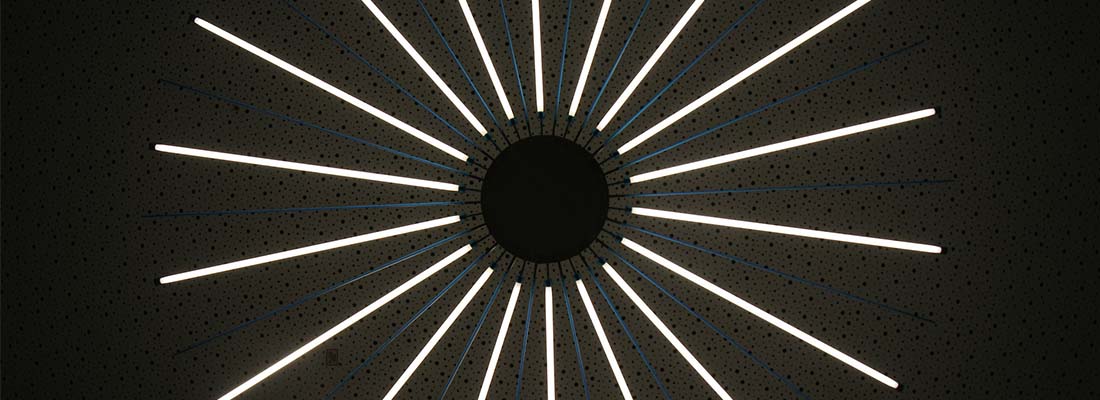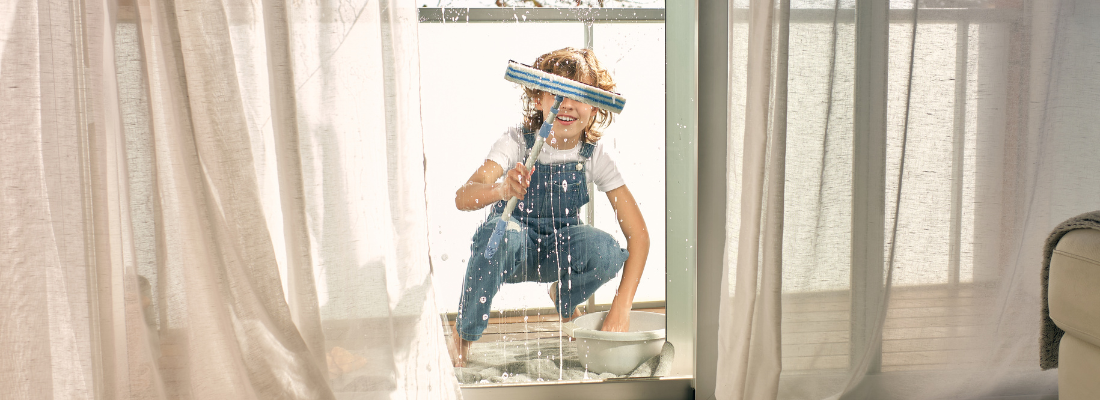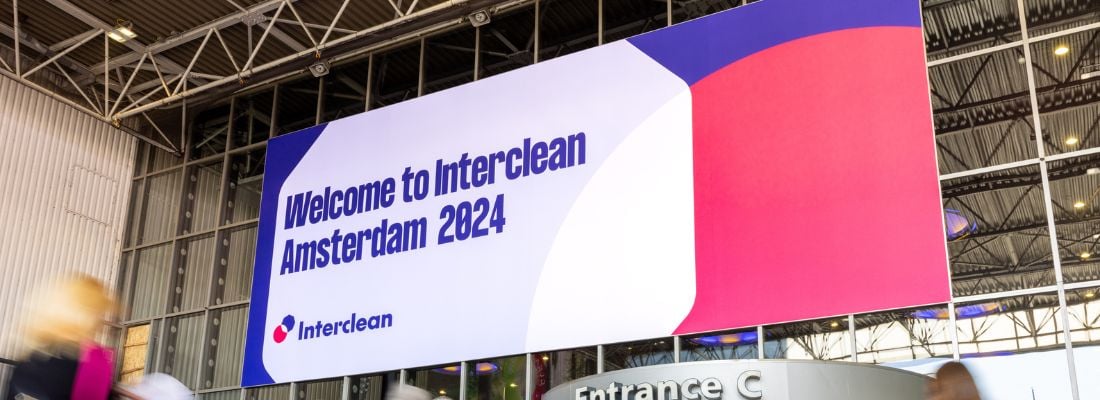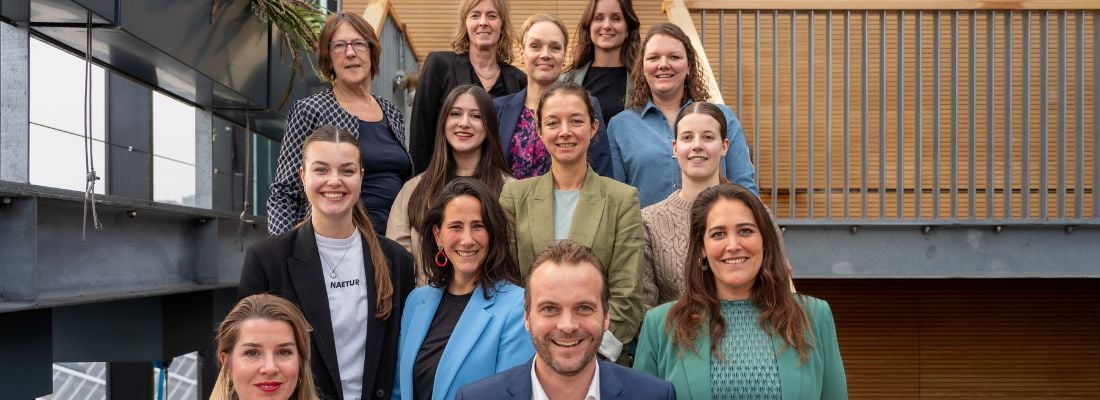UVC – Is Disinfecting with Light the Future of Cleaning?
Ultraviolet C can be used for a variety of purposes, including disinfection in the cleaning industry. It seems we are on the cusp of seeing technological cleaning solutions like UVC become essential, both in the fight against infection and as an environmentally sustainable cleaning method in a future where effective eco-friendly cleaning and disinfection will be key. But how does UVC cleaning work and why is this solution becoming more essential nowadays?
What is UVC cleaning?
Ultraviolet C, also referred to as UVC, it is the use of ultraviolet radiation with wavelengths between 200 and 290 nm. UVC is the shortest wavelength of the three forms of UV. The use of UVC is not new, it was discovered by Nobel-Prize winner Ryberg Finsen back in 1896. UV light was at first used to destroy bacteria and in the treatment of Skin Tuberculosis. Using UVC light as a disinfectant then became more popular and began to be used in hospitals from the late 1960s onwards.
UVC is now commonly called upon to disinfect and fight bacteria. Due to population growth around the world, there is an increased threat from antibiotic-resistant superbugs. Population growth has also resulted in added strain on our environmental and public systems, with deteriorating water and air quality becoming problematic issues. UVC can provide effective disinfection to help counter these global threats.
UVC LEDs can provide on-demand protection against bacteria, viruses and other pathogens by being integrated into common industrial and commercial appliances. Ultraviolet lights can be an integral part of a cleaning machine’s components, whether human-controlled or robotic, that are used to disinfect surfaces. This clever technology is increasingly relied upon in the commercial and industrial cleaning industry, with many robotic cleaners utilising UVC light to clean and fight infection.
Ultraviolet-C is eco-friendly
Minimising damage to the environment is also an important consideration in today’s cleaning industry. Potentially toxic cleaning chemicals and energy-guzzling cleaning machines are increasingly seen as outdated. With mounting environmental pressures comes a reliance upon more eco-friendly cleaning techniques. UVC rays are an effective, chemical-free and environmentally friendly solution that prevent microorganisms from reproducing in any environment.
UVC cleaning in hospitals
This technology is particularly important in hospitals. In fact, UVC is key in helping overcome the rising threat of antimicrobial resistance. For example using UVC for surface disinfection in hospitals and healthcare environments helps to combat dangerous pathogens like C.diff and MRSA. For many years hospitals have embraced UV lights as an infection control technique. So how can UVC powered cleaning technology be used to thoroughly clean a hospital, ensuring superbugs are not missed as they have been in the past?
Large industrial-grade machines can be used to disinfect hospital rooms such as operating theatres, intensive care units and patient rooms. Smaller robotic machines can be programmed to work autonomously in a hospital, cleaning all public and private areas. UVC light can effectively sterilize difficult-to-clean nooks and crannies, places where conventional cleaning machines may have struggled to reach, providing deep cleaning for a healthcare environment. UVC can also be used to disinfect medical devices and surgical tools.
How does cleaning with UVC work?
So we can see what a thorough level of disinfection UVC can provide, but how does UVC actually work within a cleaning machine? UVC cleaners use germicidal lights combined with HEPA filters to zap bugs and dust mites. A virus or bacteria is permanently damaged when exposed to a quantifiable amount of UVC light. Cellular DNA absorbs most energy from short wavelength UVC light, this damages their nucleic acids and prevents microorganisms from infecting and reproducing.
UVC rays are highly effective in UV sterilization and disinfection since they destroy the molecular bonds which hold together the DNA of bacteria and viruses, including the ‘superbugs’ that have developed a stronger resistance to antibiotics. In these times, when the world is continuing to face the dangerous threat of Covid-19, the use of UVC cleaners has increased globally. In fact, the adoption of such clever and effective cleaning technology in healthcare environments has become essential as we face the threat of global pandemics.
PWC launched a report on ‘Tech-powered Healthcare’. The report stated that "technology has the power to drive a revolution in health and care outcomes. The COVID-19 pandemic has accelerated the pace of technological change but much more can be done to deliver truly innovative transformation.”
So, it seems we are on the cusp of seeing technological cleaning solutions like UVC become essential, both in the fight against infection and as an environmentally sustainable cleaning method in a future where effective eco-friendly cleaning and disinfection will be key.
To discover more about UVC cleaning and other future-proof cleaning technologies you can visit the Interclean exhibition at The Rai in Amsterdam. Running from the 10th to the 13th of May 2022, it is the world’s most innovative cleaning and hygiene show. To find out more visit www.Intercleanshow.com.
Share your stories with us!
Do you have an innovation or interesting news you would like to share with the professional cleaning and hygiene industry? The Interclean website and social media channels are a great platform to showcase your stories!
Please contact our press department interclean@rai.nl.
Are you an Interclean exhibitor?
Make sure you add your latest press releases to your Company Profile in the Exhibitor Portal for free exposure.
Receive the best newsletter on cleaning & hygiene - straight to your inbox!
We promise never to send you spam and you can unsubscribe at any time!





